7.2 /10 1 Votes7.2
Director(s) Takamitsu Hagiwara | 72% GameFAQs Initial release date 13 October 2005 Genre Puzzle video game | |||||||||||||||||||||||||||||||||
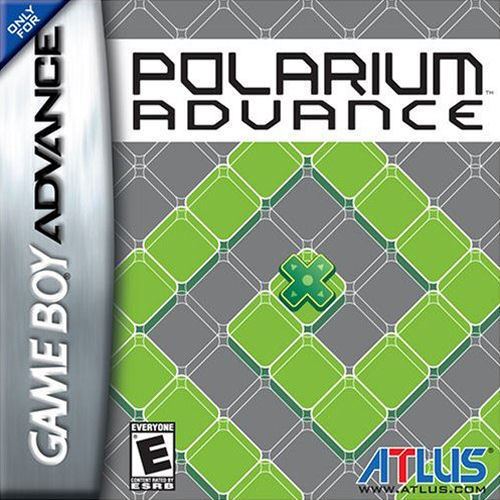 | ||||||||||||||||||||||||||||||||||
Composer(s) Tomokazu AbeToshiyuki Sudo Similar Polarium, Columns Crown, Game & Watch Gallery 4, Magnetica, Sennen Kazoku | ||||||||||||||||||||||||||||||||||
Polarium advance gba vizzed com play yushee plays a puzzle game again and loses again
Polarium Advance (Tsūkin Hitofude (通勤ヒトフデ) in Japan) is the sequel to the Nintendo DS puzzle game Polarium. Polarium Advance was developed by Mitchell Corporation for the Game Boy Advance. The object of the game is similar to that of Polarium. Black and white tiles fill a grid, and by drawing a single line in the grid, tiles can be flipped from black to white (or vice versa). Solid, horizontal lines of all black or all white tiles are erased, and the goal is to erase the entire grid in this manner.
Contents
- Polarium advance gba vizzed com play yushee plays a puzzle game again and loses again
- eshop eu polarium advance gba vc first look
- Game modes
- How to play
- Special Tiles
- Reception
- References
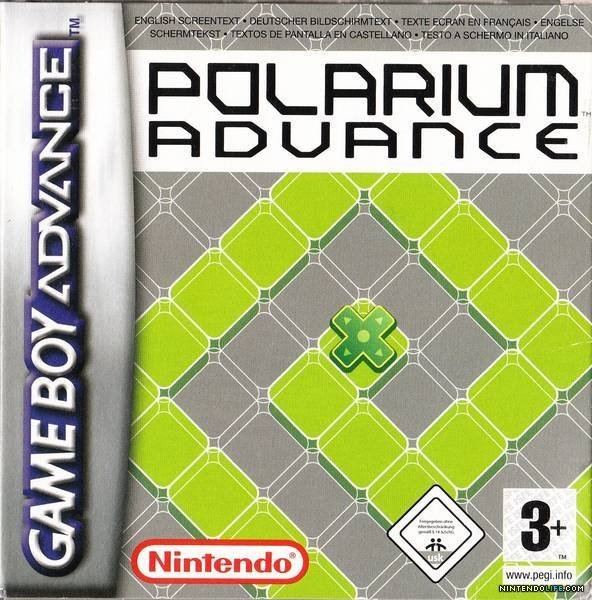
eshop eu polarium advance gba vc first look
Game modes
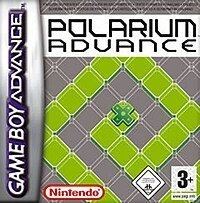
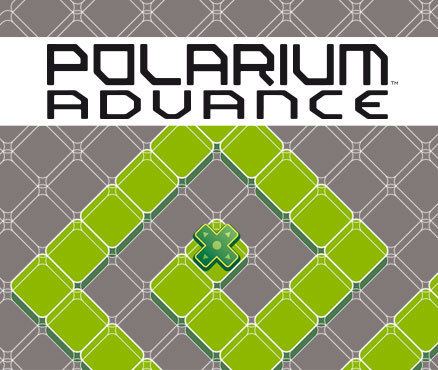
Unlike its predecessor, Polarium Advance was released for the Game Boy Advance, with some significant changes. The unpopular Challenge Mode was removed, and the game focuses more on the Puzzle Mode, which features 365 puzzles - nearly four times as many as Polarium. Each puzzle stage can be played in Stage Mode, with no time limit, or Time Mode, where the player aims to complete a puzzle as fast as possible. Edit Mode for creating custom puzzles makes a return in Polarium Advance as well.
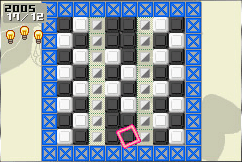
The color scheme is changeable from black and white, to add a bit of customization and color to the game.
How to play
As in the predecessor, the goal is to select tiles by drawing a line over them with one, continuous stroke. Polarium Advance uses the D-pad for controlling where Polarium used the DS stylus, and the A button (or L, for playing single-handed) for starting or ending a stroke. Selected tiles will flip from black to white or vice versa, and the puzzle is completed if each horizontal line consists of a single color afterwards. Surrounding the main puzzle area are gray "neutral" tiles that have no effect on the puzzle but can be used to flip disconnected groups of tiles in a single pass.
Special Tiles
In order to add some variety to the gameplay, three new tiles have been added in addition to the standard black and white ones. Solid tiles cause all tiles above them to fall when erased, Hurdle tiles cannot have lines drawn over them, and Multi-tiles are "wild cards" in that they function as white or black panels.
Reception
The game received "average" reviews according to the review aggregation website Metacritic. In Japan, Famitsu gave it a score of three sevens and one eight for a total of 29 out of 40.
